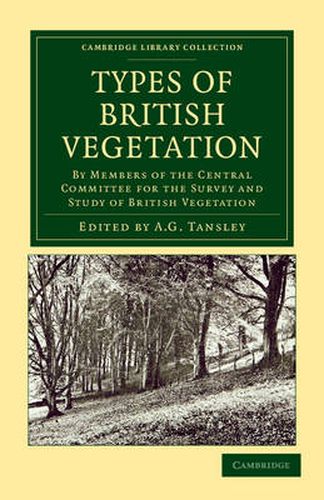Readings Newsletter
Become a Readings Member to make your shopping experience even easier.
Sign in or sign up for free!
You’re not far away from qualifying for FREE standard shipping within Australia
You’ve qualified for FREE standard shipping within Australia
The cart is loading…






Distinguished plant ecologist A. G. Tansley (1871-1955) is widely considered to be the father of British ecology. He was one of the founding members of the British Ecological Society and during his career he edited two important journals on the subject: The New Phytologist and the Journal of Ecology. He was also part of a committee formed in 1904 to survey systematically the vegetation of the British Isles. This book, edited by Tansley and first published in 1911, is the result of that survey. It contains contributions by leading botanists of the early twentieth century, and contains detailed maps, photographs and figures. The physical characteristics and climate of Britain are outlined early in the book and later the plant communities of particular areas such as moors, fens and the coast are discussed. This is a significant work that will appeal to both plant ecologists and natural historians.
$9.00 standard shipping within Australia
FREE standard shipping within Australia for orders over $100.00
Express & International shipping calculated at checkout
Distinguished plant ecologist A. G. Tansley (1871-1955) is widely considered to be the father of British ecology. He was one of the founding members of the British Ecological Society and during his career he edited two important journals on the subject: The New Phytologist and the Journal of Ecology. He was also part of a committee formed in 1904 to survey systematically the vegetation of the British Isles. This book, edited by Tansley and first published in 1911, is the result of that survey. It contains contributions by leading botanists of the early twentieth century, and contains detailed maps, photographs and figures. The physical characteristics and climate of Britain are outlined early in the book and later the plant communities of particular areas such as moors, fens and the coast are discussed. This is a significant work that will appeal to both plant ecologists and natural historians.